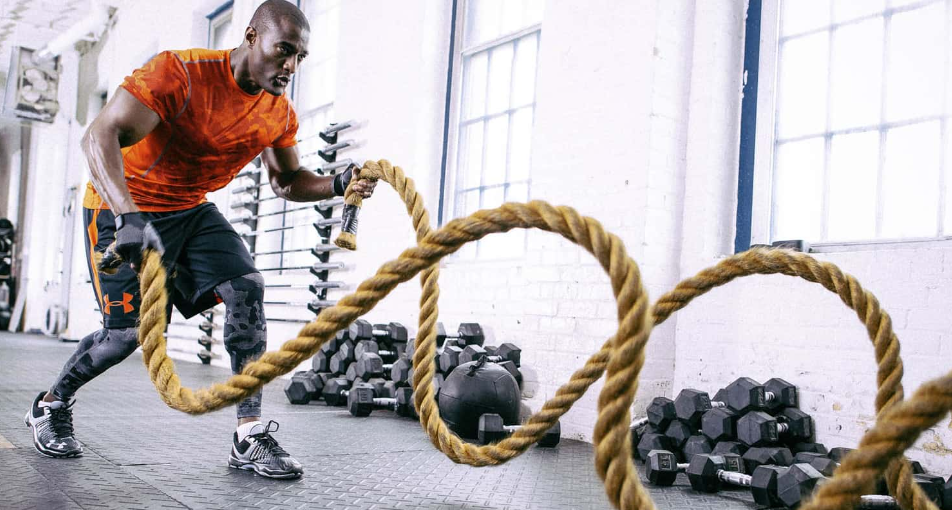
Float ropes are an important part of any manufacturing process. They help move heavy objects around, and they’re often used in conjunction with other machinery. If you work with float ropes, you need to be familiar with their anatomy and how they work. In this article, we’ll teach you all about float ropes and what you need to know to use them safely and effectively.
What is a Float Rope? What are the Benefits of Float Ropes?
Float ropes are a type of climbing rope that helps climbers ascend or descend a waterfall or other high-water body. The float provides extra stability and control when scaling waterfalls and other difficult climbing environments.
Float ropes provide a therapeutic experience for both individuals and groups. They are also known as sensory deprivation tanks or machines. Float tanks offer a calmer and more serene environment than other water activities such as swimming, surfing, and kayaking.
Float therapy has been shown to improve mental health conditions such as anxiety, depression, post-traumatic stress disorder (PTSD), bipolar disorder, and obsessive-compulsive disorder (OCD). It’s also been proven to help with sleep patterns, pain relief, relaxation, stress reduction, and improving overall balance and coordination.
How is a Float Rope Used?
Float ropes are made out of durable materials that can withstand the extreme conditions experienced on a rafting trip. They come in different lengths to accommodate different users, and sometimes have handles at one or both ends for easy gripping. Floating on a floating rope is a great way to get a workout without having to exert yourself on the riverbanks.
How do I tie a floating rope?
To tie a floating rope, first, make sure that both ends of the rope are tightly secured. To do this, tie a simple knot in one end of the rope and then loop the other end of the rope around the first one. Make sure that both loops are tight, and then repeat the process on the other end of the rope.
Now that the ropes are tied, it’s time to use them! To float on the water, simply grip one end of the rope and pull it towards you.
Tips for Float Roping
Float ropes are a type of climbing rope designed for use in cold environments. They are made from high-quality materials and have an insulation layer between the sheath and the core. This makes them ideal for use in colder climates, where ice can form on the rope. float ropes also have a better grip than regular ropes, making them perfect for climbs with lots of holds that don’t have good friction surfaces.
types of Float Roping
There are two main types of float ropes: single and twin.
Single float ropes are the simplest type and are made up of one continuous sheath of rope. They are good for climbs with few holds and are less prone to knotting.
Twin float ropes are similar to single floats, but they have two separate sheaths of rope. This makes them easier to handle if something goes wrong and also allows for more flexibility when routing the rope around obstacles. Twin floats are also better for ice climbing as they have a higher insulating value.
use Float Roping
Float roping is a great way to add an extra layer of protection to your climbing trips. It’s versatile and can be used for a variety of routes and conditions, making it a perfect choice for anyone looking for an all-around rope.
When using float roping, it’s important to be aware of the following tips:
Always make sure that your rope is properly lubricated. This will help prevent it from knotting and improve its grip.
Use a lighter load when float roping to avoid overloading the rope.
Stay alert and aware of your surroundings at all times while float roping – accidents can happen quickly in cold environments.
How does it Float Rope work?
Float Ropes are usually made from a sturdy, lightweight material like nylon or polyester. The rope is suspended by a series of pulleys from a floating platform or dock. When the user pulls on the rope, the platform moves and the rope tightens – keeping the user pulled upwards.
Float Ropes are a great way to exercise and stay active. They are also perfect for rehabilitating injuries or improving muscle strength.
Downsides to using a Float Rote
Float roping can be a great way to teach people about the sport of fishing, but there are some downsides to using a floating rope. First and foremost, float ropes can be a bit expensive. They also require special equipment, such as floats and a tow line, which may not be available in all areas. Additionally, Float roping can be challenging for beginners because it requires good hand-eye coordination and strong core muscles.
Overall, float roping is a great way to teach beginners about the sport of fishing, but it may require some special equipment and training in order to be proficient.
Conclusion
A floating rope is a safety device used to keep people and objects from drifting away from a vessel in open water. Float ropes are made of strong, slippery material that enables them to be towed behind the vessel by a motorboat or other power-driven vehicle. When activated, the rope unwinds quickly and attaches itself tightly to any object it comes into contact with. This ensures that the object remains close to the boat, providing safety for those aboard and preventing large objects from entering dangerous areas near propellers or engines.